改性介孔材料SBA-15负载纳米半导体的制备及光催化性能研究
I摘要随着工业化的快速发展、人口的增长以及长期的干旱,水资源短缺已经成为全球问题。近年来,半导体光催化作为一种成本低、环境友好和可持续处理的零废物排放技术在水以及污水处理行业已经显示出很大的潜力。这种高级氧化技术已被广泛证明可以删除水中的持久性有机化合物和微生物。在光催化技术领域,半导体二氧化钛(TiO2)的研究得到重视。然而,TiO2在水处理方面的应用仍面临着一系列的技术挑战。目前,阻碍光催化技术商业化的壁垒主要是催化剂粒子在水处理后的回收。介孔材料SBA-15具有规整的孔道结构、大的比表面、可控的孔径、较窄的孔径分布、较好的水热稳定性、表面易改性等特点,在催化化学和吸附分离等领域受到国内外...
相关推荐
-
我国基层财政困难的制度成因分析与对策研究VIP免费
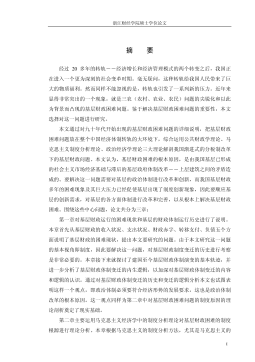
 2024-09-20 25
2024-09-20 25 -
我国煤电产业链纵向交易合约机制研究VIP免费
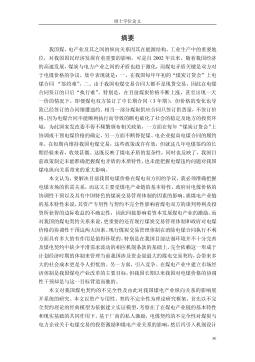
 2024-09-20 23
2024-09-20 23 -
生产要素视角下的上海市产业结构优化研究VIP免费
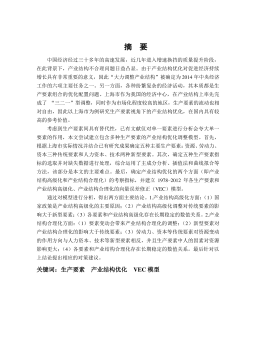
 2025-01-09 6
2025-01-09 6 -
我国银行业结构与经济结构关系研究VIP免费
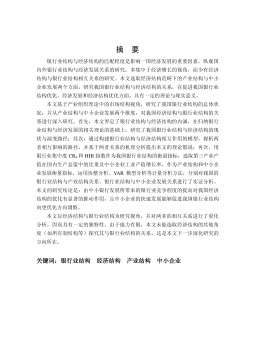
 2025-01-09 7
2025-01-09 7 -
大数据视角下农业供应链金融研究VIP免费
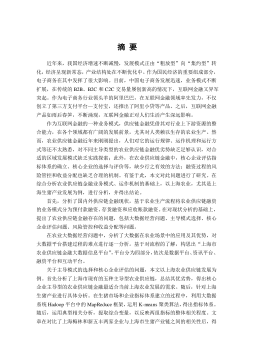
 2025-01-09 6
2025-01-09 6 -
跨国大型综合超市的规划研究VIP免费
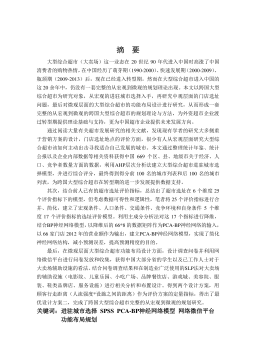
 2025-01-09 6
2025-01-09 6 -
跨境电商农产品质量安全问题研究VIP免费
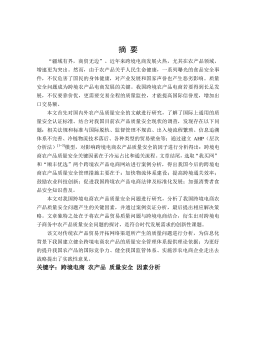
 2025-01-09 6
2025-01-09 6 -
世界市场的虚拟化与我国国际电子商务发展方向研究VIP免费
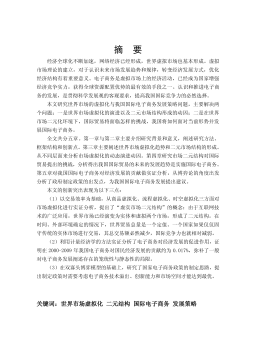
 2025-01-09 6
2025-01-09 6 -
中国政府对电力行业的价格规制问题研究VIP免费
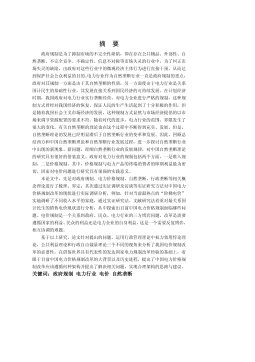
 2025-01-09 6
2025-01-09 6 -
中小企业信息化系统集成技术研究VIP免费

 2025-01-09 11
2025-01-09 11
相关内容
-

跨国大型综合超市的规划研究
分类:高等教育资料
时间:2025-01-09
标签:无
格式:PDF
价格:15 积分
-

跨境电商农产品质量安全问题研究
分类:高等教育资料
时间:2025-01-09
标签:无
格式:PDF
价格:15 积分
-

世界市场的虚拟化与我国国际电子商务发展方向研究
分类:高等教育资料
时间:2025-01-09
标签:无
格式:PDF
价格:15 积分
-

中国政府对电力行业的价格规制问题研究
分类:高等教育资料
时间:2025-01-09
标签:无
格式:PDF
价格:15 积分
-

中小企业信息化系统集成技术研究
分类:高等教育资料
时间:2025-01-09
标签:无
格式:PDF
价格:15 积分






